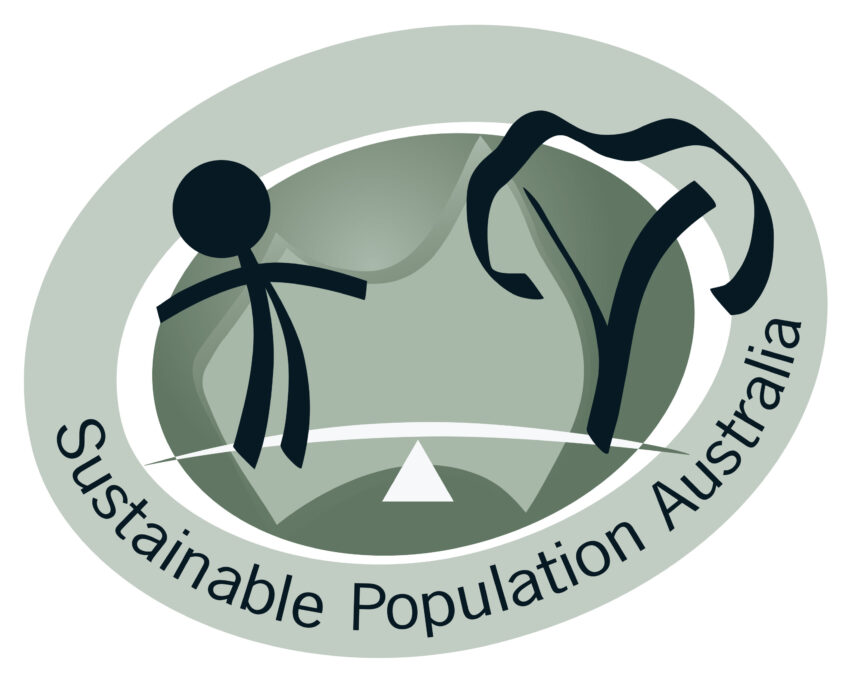
Media release for World Population Day, July 11, 2024
As World Population Day approaches, Sustainable Population Australia (SPA) says a population may survive but not thrive if it grows rapidly.
SPA national president Peter Strachan says that if every person is to have access to health services, their human rights upheld and sustainable development achieved, there must be an end to population growth.
“There is always a limit to resources,” says Mr Strachan, “be it arable land, water or energy. The size of any population must fit within those limits.
“If a population grows, resources will be directed to providing for the basic needs of its new citizens, rather than lifting the standard of living of the whole community to a point where everyone thrives.
“The five poorest countries in the world – Burundi, Central African Republic, South Sudan, Democratic Republic of the Congo (DRC), and Somalia – all have very high population growth rates. South Sudan, for instance, grows by 4.8 per cent annually which means the population doubles every 15 years.
“You cannot have sustainable development in these conditions. Women’s energies will be focussed on the needs of her family if she has six or seven children, rather than on the broader economy or community.
“Health care should be a basic human right and yet these high-population growth countries fail to provide it. South Sudan, for instance, has one of the world’s highest maternal mortality rates. The DRC lacks modern healthcare. Somalia’s fertility rate of over six births per woman has put further strain on the country’s already poor healthcare.
“In 2023, with an immigration-driven population growth rate of 2.5 per cent, Australia struggled to provide basic health, education and housing for all, and continues to fail on those fronts.
“Last year, 651,200 people were added to Australia’s population, 84 per cent from net overseas migration. Growth required building over a quarter million new dwellings, just to house all the new people, be they born here or immigrant, but only 170,000 dwellings were delivered.
“The vast amounts of private and public money required to cater for growth could be better spent on education and healthcare, were the population not growing.
“If people’s needs are to be properly met everywhere, population growth must end, nationally and globally.”
About us:
SPA is an independent not-for-profit organisation seeking to protect the environment and our quality of life by ending population growth in Australia and globally, while rejecting racism and involuntary population control. SPA is an environmental advocacy organisation, not a political party.
Contact details:
Peter Strachan
National President – Sustainable Population Australia
Ph 0412 400952

